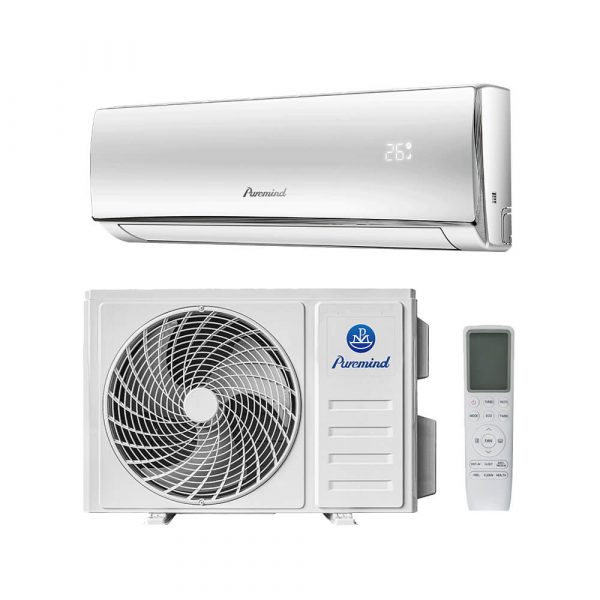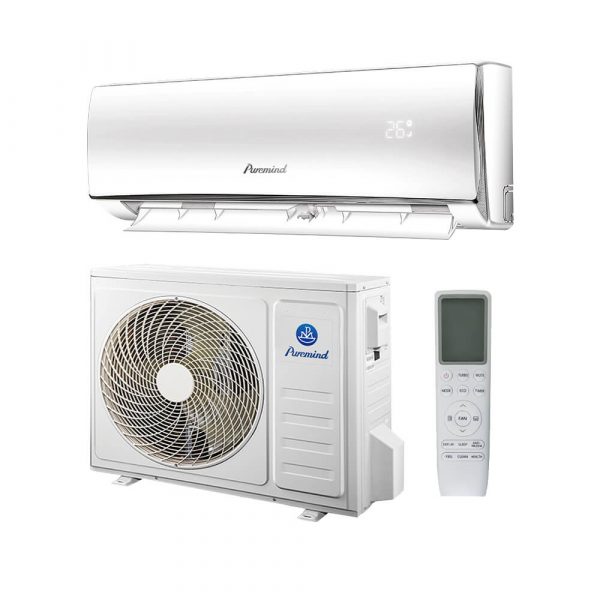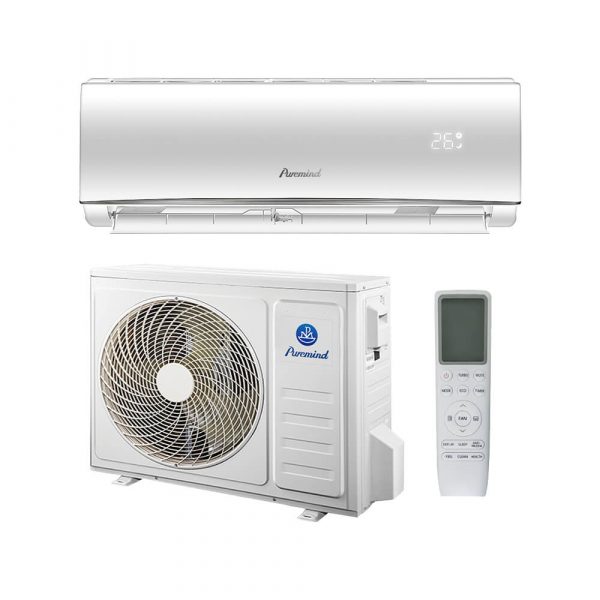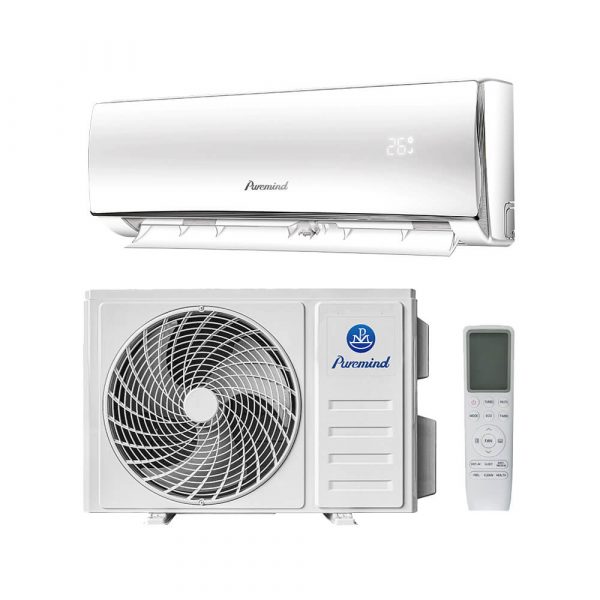Mini Split Air Conditioner Parts: A Complete Breakdown
The popularity of ductless HVAC systems continues to grow due to their efficiency, flexibility, and ease of installation. If you’re considering purchasing or maintaining one, understanding the mini split air conditioner parts is essential. In this comprehensive guide, we’ll explain the core components, their functions, common issues, and where to find quality replacement parts.
What Is a Mini Split Air Conditioner?
A mini split air conditioner is a ductless cooling (and often heating) system that offers individual climate control for different rooms or zones. Unlike traditional HVAC setups, mini splits don’t require ductwork and are made up of a few key components that work together to deliver efficient and precise temperature control.
Core Mini Split Air Conditioner Parts
A typical mini split system consists of the following essential parts:
1. Indoor Air Handler (Evaporator Unit)
This is the wall-mounted or ceiling-mounted unit you see inside your home. Its main functions are:
- Absorbing warm air from the room
- Blowing cooled (or heated) air back into the space
- Containing the evaporator coil and air filter
Modern air handlers are sleek, quiet, and often come with smart features like Wi-Fi connectivity and motion sensors.
2. Outdoor Condenser Unit (Compressor)
Installed outside the building, this unit is the powerhouse of the system. It contains:
- Compressor: Circulates refrigerant between the indoor and outdoor units
- Condenser coil: Releases absorbed heat into the outside air during cooling mode
- Fan: Assists in heat dissipation and airflow
The compressor is often inverter-driven, meaning it adjusts speed to maintain consistent indoor temperatures and save energy.
3. Refrigerant Line Set
This set of copper tubes connects the indoor and outdoor units and carries refrigerant in a closed loop. It includes:
- Suction line: Returns refrigerant vapor to the compressor
- Liquid line: Delivers condensed refrigerant to the evaporator coil
Proper insulation of the refrigerant lines is essential to avoid efficiency losses and condensation buildup.
4. Electrical Wiring
This includes communication cables and power lines. It ensures seamless operation and synchronization between indoor and outdoor units. Most systems require:
- Dedicated circuit breakers
- An electrical disconnect box near the outdoor unit
5. Drain Hose (Condensate Line)
During cooling, indoor units remove humidity from the air. The drain hose channels this moisture outside or into a drain system to prevent leaks or water damage.
6. Remote Control or Wall Thermostat
Users can operate the mini split system via remote or smart thermostat. Features include:
- Temperature and fan speed control
- Mode switching (cool, heat, dry, fan)
- Sleep and timer functions
7. Mounting Hardware and Accessories
These include wall brackets, vibration pads, line set covers, and wall sleeves that support safe and stable installation.
Optional Parts and Features
Depending on your system model, you may also encounter:
- Branch Boxes: Used in multi-zone systems to split refrigerant flow to different zones.
- Wi-Fi Modules: Allow smartphone integration for remote monitoring and control.
- Air Purification Filters: Some models include activated carbon or ionizer filters for enhanced air quality.
Common Mini Split Part Issues
While mini splits are reliable, certain parts may experience wear over time:
- Dirty air filters: Reduce airflow and efficiency—clean monthly.
- Refrigerant leaks: Usually found at flare fittings or soldered joints.
- Faulty control boards: Can cause unresponsive indoor units.
- Clogged drain lines: Lead to indoor water leaks.
Regular maintenance can prevent most issues. If parts need replacing, ensure they’re compatible with your unit’s model number and specifications.
Replacement and Upgrades
When replacing mini split air conditioner parts, consider sourcing from trusted suppliers or manufacturers. For OEM-grade options with high reliability and performance, check out Puremind’s split air conditioner parts and systems. Their product line covers residential, commercial, and solar-compatible models with robust components.
Maintenance Tips for Mini Split Components
- Clean filters: Every 2–4 weeks depending on usage
- Inspect wiring and connections: Seasonally
- Flush drain lines: At least once per year
- Check refrigerant pressure: Annually via licensed technician
How to Choose the Right Replacement Parts
When buying replacement mini split parts, pay attention to:
- Model compatibility: Always match the part with your system’s model number
- Warranty terms: Some brands void warranties if third-party parts are used
- Energy efficiency ratings: Look for ENERGY STAR®-rated upgrades when possible
Conclusion
Understanding mini split air conditioner parts gives you the knowledge to maintain, troubleshoot, and enhance your HVAC system. Whether you’re a homeowner or a technician, identifying the key components—like the indoor unit, compressor, line sets, and controls—empowers smarter decisions and long-term savings.
For premium-quality components and complete systems, explore Puremind’s split air conditioner product category—ideal for both professional installations and DIY upgrades.







